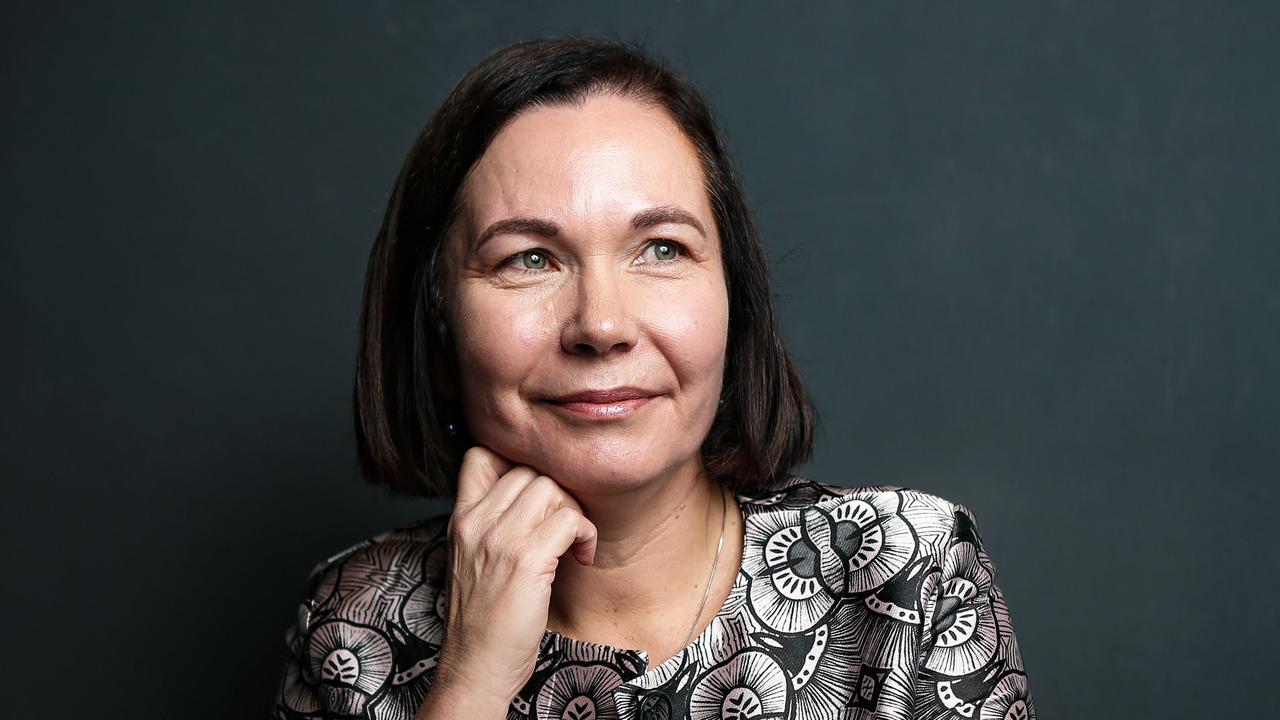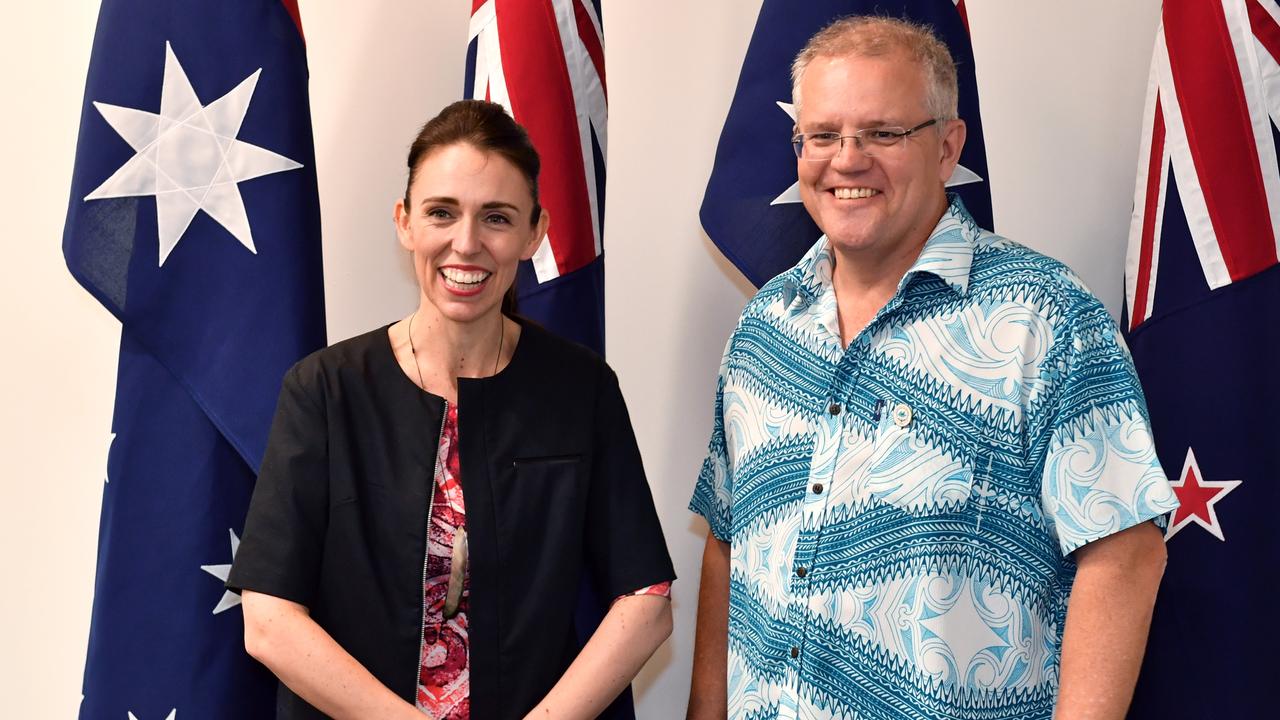The Monash Forum, the ginger group of Coalition MPs pushing for a new coal-fired power plant, would have been more constructive and credible if it had come out in favour of nuclear power. Championing the diversification of Australia’s energy supply to include nuclear energy makes a great deal of environmental, economic and strategic sense, yet curiously few politicians say so.
This is strange because less than half the public is “against” nuclear energy according to a survey of households conducted last year by the Australian National University. It showed more than 41 per cent of voters were in favour of nuclear power plants to generate electricity, only a quarter were “strongly opposed”.
Having at least one nuclear power station, capable of providing to the grid emissions-free, reliable power, wouldn’t be a repudiation of solar, wind or even coal power. It would be a sensible outcome for a country with 30 per cent of the world’s uranium with vast tracts of uninhabited land that wants to lower its carbon emissions.
A Monash Forum pushing for nuclear energy might have even attracted bipartisan support. Intelligent MPs in the Labor Party also see the advantages in nuclear energy. Energy policy needs to be above partisan politics. The Greens’ blanket opposition to nuclear power should be an embarrassment for a party that claims it supports “science”.
“Modern designs of nuclear reactors are small, hyper-efficient, and radically safe. They can’t melt down (and) are often a tenth or less the size of conventional light-water reactors,” wrote US environmental expert Ted Nordhaus, of the Californian Breakthrough Institute, last year. A report for the Howard government in 2006 by former Telstra and NBN chairman Ziggy Switkowski envisaged 25 large nuclear reactors that would cut electricity generation emissions in half.
The Australian Taxpayers Alliance lists lifting the ban on “clean and cheap” nuclear energy as the first of its six recommendations to make electricity less expensive.
“Initial set-up costs can be high, but once a nuclear power station is online running costs are low, and the initial set-up costs can be spread over a power plant’s lifespan — nuclear power plants can produce energy for 50 to 70 years,” it says. “The closure of coal-fired power stations has …. Increased reliance on natural gas — an expensive fossil fuel, with much of its domestic reserves out of reach due to anti-fracking regulations,” it adds. The Australian reported last year the Victoria government had proposed to shut off exploration of gas reserves in the Gippsland and Otway basins, enough to supply the east coast of Australia’s gas needs for almost 40 years.
The Monash Forum would need to draw attention to the fact Australia alone in the G20 has a legislative ban on nuclear power.
Can you even imagine such behaviour in the Middle East: “We have much of the world’s oil but we are going to ban using it”. A kilogram of uranium can produce two million times the energy contained in a kilogram of coal. Olympic Dam in South Australia, the single largest deposit of uranium in the world could, on one estimate, power our planet emissions-free for 4000 years.
Pro-coal advocates need to recognise it doesn’t matter what they think of climate change, or even whether the science of climate change is correct. Enough people do believe in it to ensure private investment to build coal-fired power stations won’t be forthcoming. Even if the forum succeeded in charging Coalition policy, a future Labor government could reverse it.
Even the cleanest fossil fuel power stations generate greater carbon emissions than nuclear. According to the Intergovernmental Panel on Climate Change, a nuclear power plant’s carbon footprint is barely 25 per cent of even a solar energy plant.
Critics typically cite the cost or the length of time it takes to build. Certainly, building a single nuclear power station would costs billions. But taxpayers are already shovelling billions on implicit subsidies to solar and wind farms. Surely it makes sense to direct some of these to a totally reliable, emission-free technology.
The biggest battery in the world, built by Tesla in South Australia, can supply power for 30,000 homes for an hour. Surely prudence dictates a state would need enough battery power to supply all its needs for days?
As for the lead time, the Japanese and South Koreans have built nuclear power stations in fewer than four years. To assuage any hurt feelings from Australia awarding a $50 billion submarine contract to a French firm, the government could consider contracting a Japanese company to build our first nuclear power station.
Snowy 2.0 is a great sound bite, but hardly a solution to what is becoming an energy price and reliability crisis. A nuclear power plant could be eligible to participate in a national energy guarantee, which is technology agnostic.
These days safety fears are overblown. Even the most recent problem in Fukushima was because of a devastating tsunami hitting Japan, an unlikely event here. With among the highest desert-to-suburbia ratios in the world, disposal of nuclear waste wouldn’t be a long-term impediment either.
The renewable energy brigade should drop its self-serving opposition to nuclear energy. How is it credible to switch off coal and gas power stations when battery technology isn’t remotely advanced enough to compensate for the vicissitudes of the wind and sun?
Australia is well placed to make use of nuclear energy for peaceful electricity generation. Aboriginal leaders should also get behind the idea, as former ALP president Warren Mundine already has. The extraction and use of uranium could help create jobs in the regions where many indigenous Australians live.




To join the conversation, please log in. Don't have an account? Register
Join the conversation, you are commenting as Logout